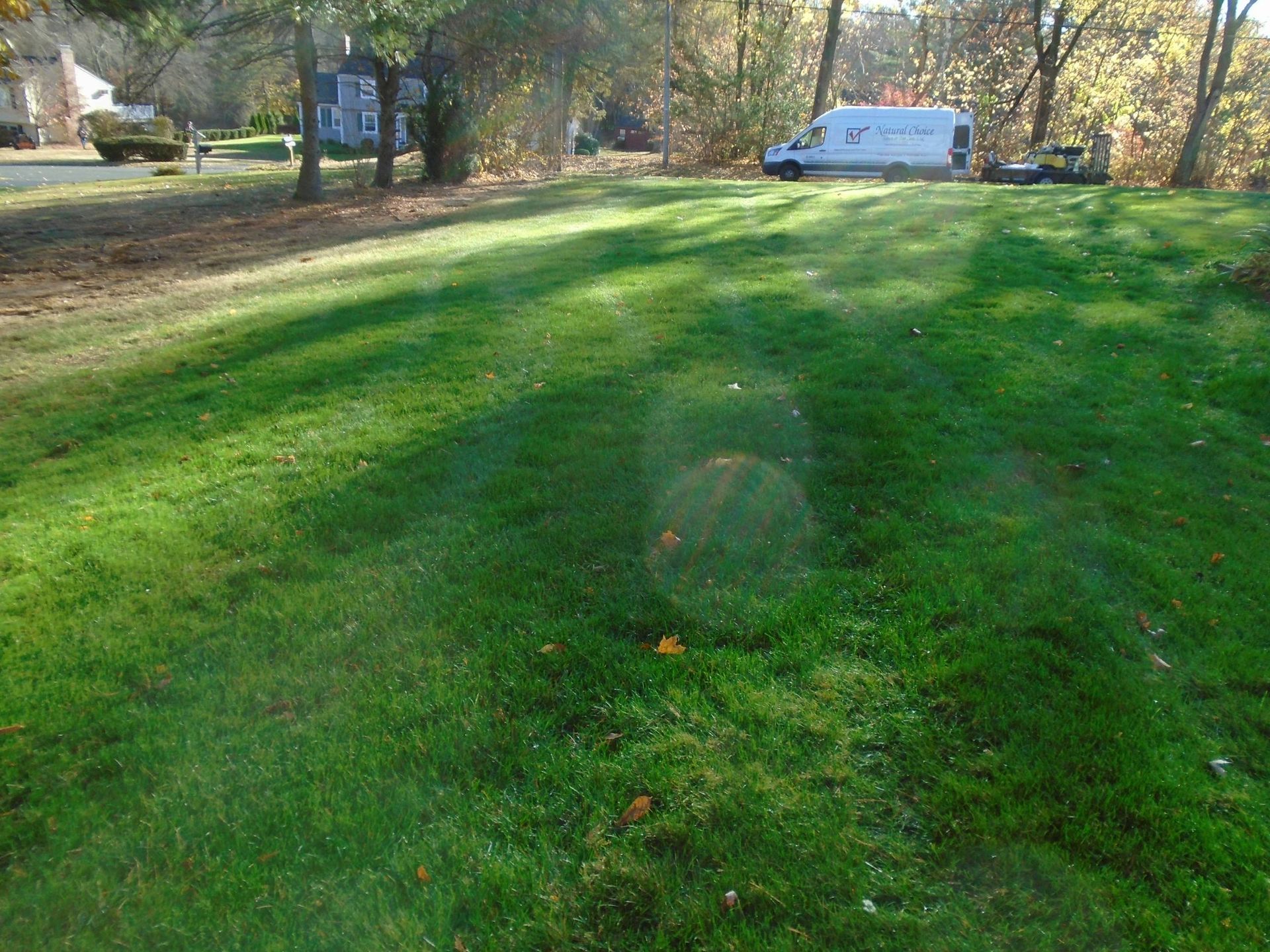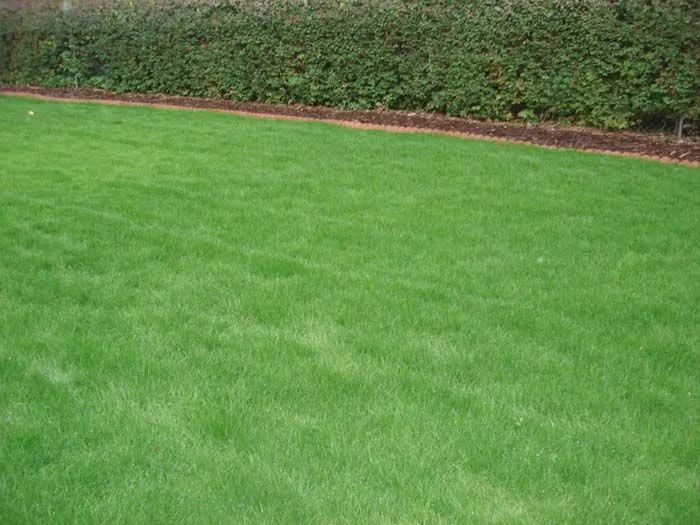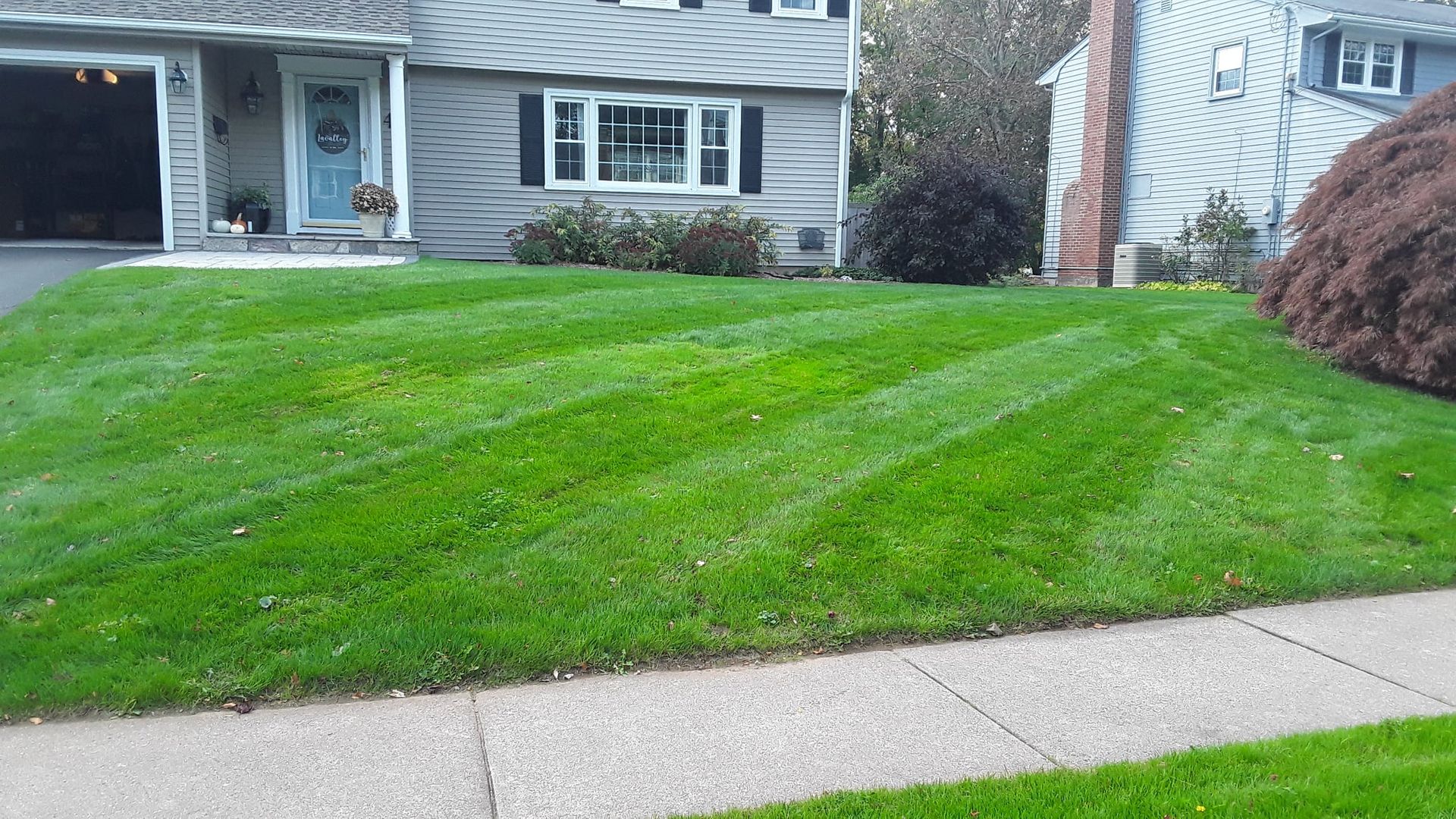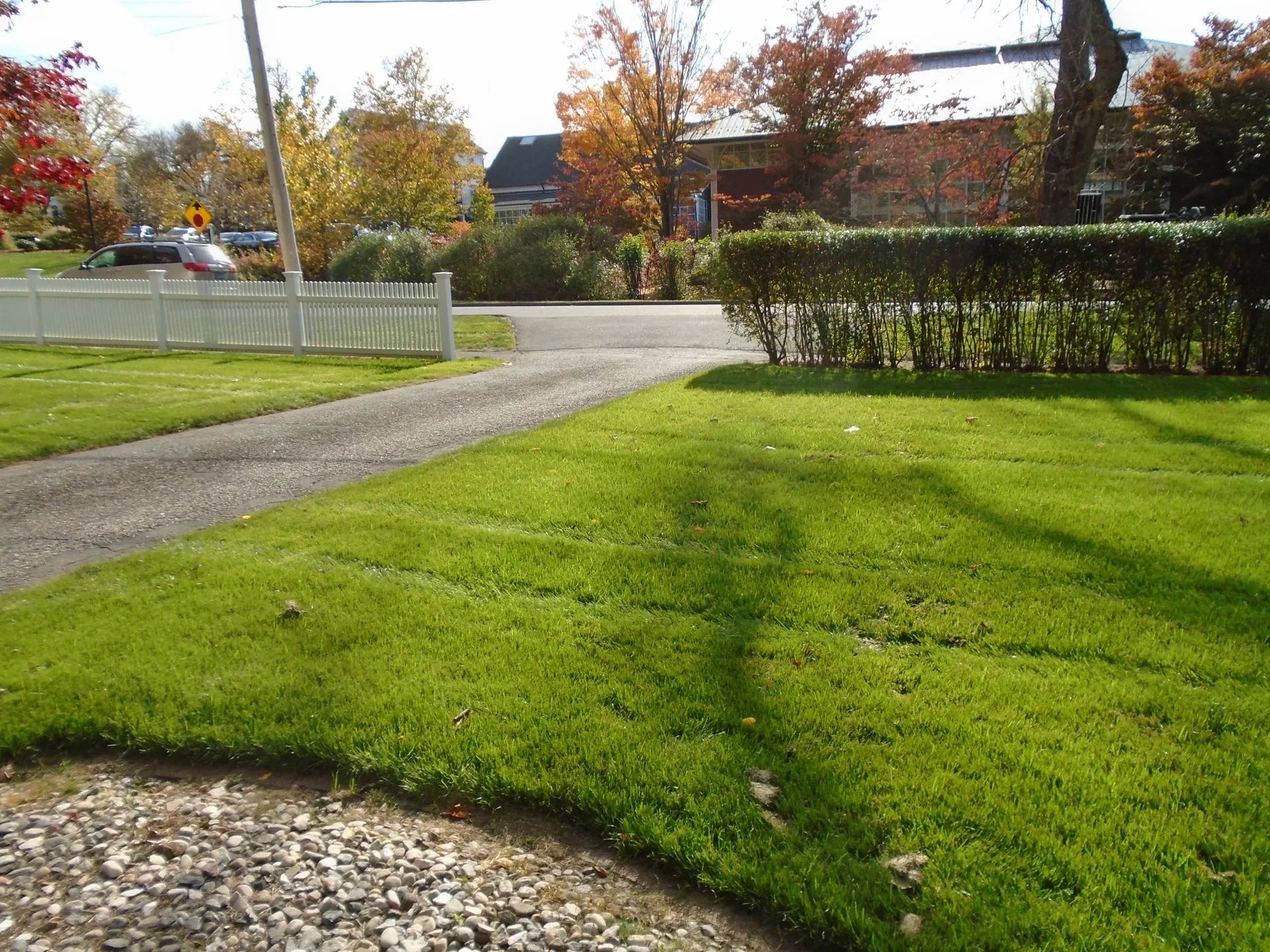5 Common Lawn Care Mistakes and How to Avoid Them
July 17, 2025

Maintaining a lush, green lawn requires more than just regular watering. Many homeowners make common mistakes when it comes to lawn care, which can lead to poor grass health, uneven growth, and unsightly patches. In this post, we'll cover five of the most frequent lawn care mistakes and how you can avoid them to achieve the beautiful lawn you desire.
1. Overwatering or Underwatering
Watering your lawn may seem like a simple task, but it’s easy to get wrong. Overwatering can lead to root rot, fungal growth, and water wastage. On the other hand, underwatering causes stress to your grass, leading to dry patches and weak growth.
How to avoid it: Water deeply but infrequently to encourage strong root growth. Lawns generally need about 1 to 1.5 inches of water per week, either from rainfall or irrigation. Early morning watering is the best time to ensure the water soaks in before the heat of the day evaporates it.
2. Mowing Too Short
One common mistake is mowing the lawn too short, especially during the warmer months. Cutting grass too short can weaken the roots and expose the soil to more heat and drought stress. It also invites weed growth, as shorter grass struggles to shade the soil adequately.
How to avoid it: Follow the "one-third rule" — never cut more than one-third of the grass height at once. Keep your grass at a higher setting to allow it to stay healthy and shaded. The ideal height depends on the grass type, but most lawns thrive at around 2.5 to 3.5 inches tall.
3. Using the Wrong Fertilizer
Fertilizing your lawn with the wrong type or at the wrong time can do more harm than good. Applying the wrong fertilizer can lead to nutrient imbalances, burn your grass, or cause excessive growth at the expense of root development.
How to avoid it: Choose a fertilizer that matches the needs of your lawn, taking into consideration the type of grass, soil quality, and climate. For most lawns, slow-release nitrogen fertilizers work best. Be mindful of the timing as well—spring and fall are typically the best times for fertilization, but always follow local guidelines.
4. Ignoring Lawn Aeration
Over time, lawns become compacted from foot traffic, mowing, and other activities, making it difficult for water, nutrients, and air to penetrate the soil. Aeration is often overlooked but is essential to maintain a healthy lawn. Without it, the soil becomes hard and dense, preventing proper root growth.
How to avoid it: Aerate your lawn at least once a year, preferably in the fall when grass is actively growing. Aeration helps break up compacted soil and improves water absorption, allowing the roots to access nutrients more effectively.
5. Not Addressing Lawn Pests and Diseases
Lawn pests, such as grubs and chinch bugs, can wreak havoc on your grass, causing thinning and patchy spots. Similarly, fungal diseases like brown patch and dollar spot can spread quickly if left unchecked.
How to avoid it: Regularly inspect your lawn for signs of pests or diseases. Early detection is key to managing them effectively. If you notice any irregularities, consult with a lawn care professional or apply appropriate treatments to prevent further damage.
Avoiding common lawn care mistakes helps maintain a
healthy lawn year-round. If you struggle with maintenance or lack time, professional help can greatly assist. Natural Choice Lawn & Tree Care
has served the Newington, Connecticut area for over 30
years. With our lawn care expertise, we ensure your lawn flourishes. Contact us for personalized services that keep your grass green and healthy year-round.






